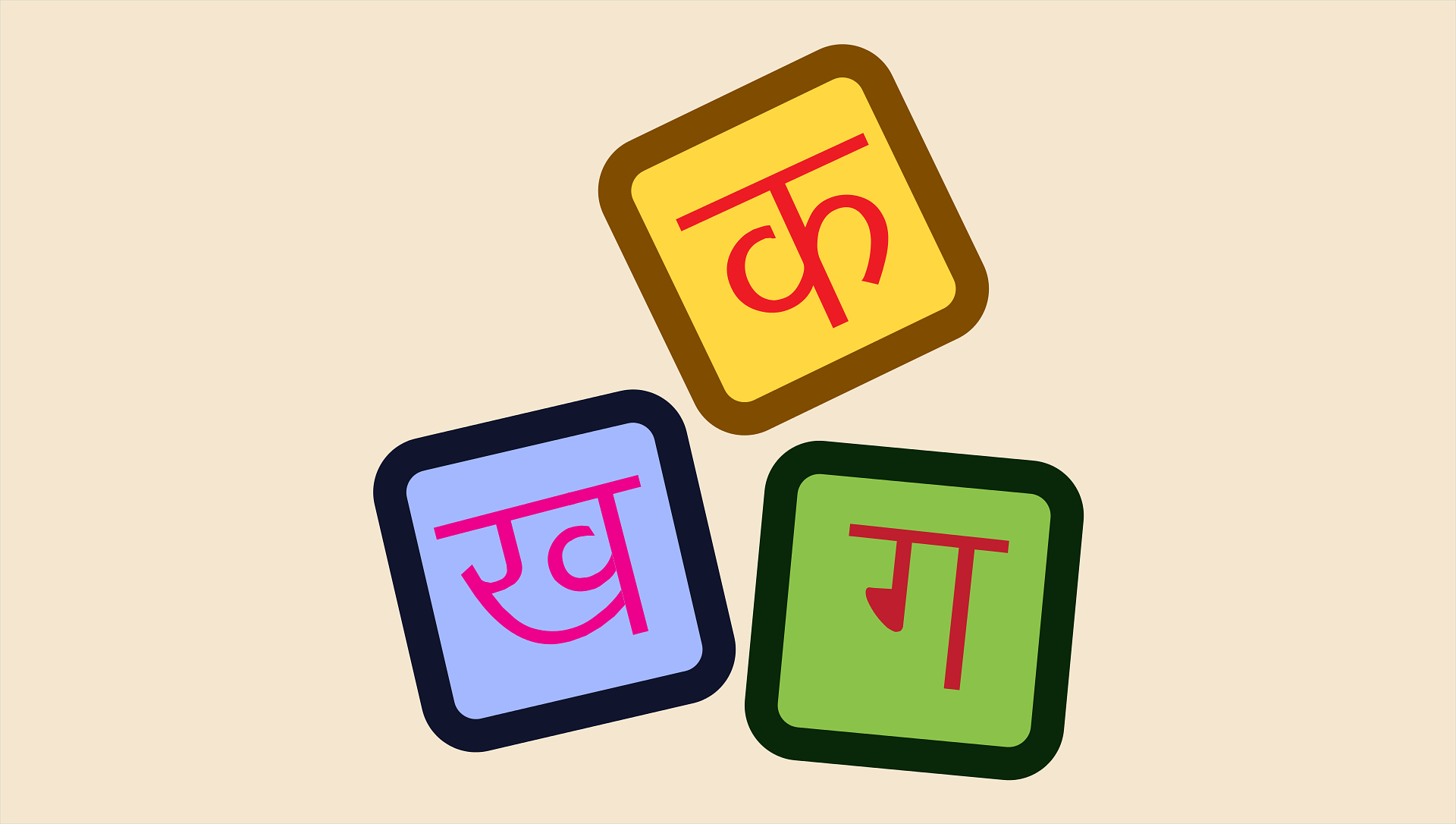The Importance of the Hindi Language: Cultural Significance, Global Reach, and Its Role in Modern India
Hindi, one of the most widely spoken languages in the world, holds a significant place in both the cultural and linguistic landscape of India and beyond. As the official language of the Indian government, Hindi not only serves as a unifying force in a country known for its linguistic diversity but also plays an essential role in global communication, literature, media, and diplomacy. This essay explores the history, cultural significance, and contemporary relevance of the Hindi language, as well as its global reach and influence in shaping modern India.

The Origins and Evolution of Hindi
Hindi is part of the Indo-Aryan group of languages, which is a branch of the larger Indo-European language family. Its roots can be traced back to the ancient languages of Sanskrit, from which it evolved through various stages. During the medieval period, Hindi was influenced by languages like Persian, Arabic, and Turkish due to the long-standing Muslim rule in India. The modern form of Hindi that we speak today is primarily derived from the Khari Boli dialect, which emerged in the region of Delhi and the surrounding areas.
The development of Hindi as a literary language can be seen in the Bhakti movement and the works of poets such as Kabir, Tulsidas, and Mirabai, who composed devotional poetry in the vernacular language. However, Hindi gained formal recognition in the Indian Constitution in 1950, when it was declared one of the official languages of India, alongside English. Since then, it has played a pivotal role in India’s administrative, educational, and cultural life.
Hindi as a Unifying Force
India is a linguistically diverse country, with more than 22 officially recognized languages and hundreds of dialects. In such a multilingual society, Hindi has emerged as a unifying language that binds people from different regions, religions, and cultures. It is spoken by over 40% of the Indian population, primarily in the northern and central parts of the country. While English is often used in formal settings, Hindi remains the language of communication for everyday life for millions of Indians. Through its use in government, education, media, and entertainment, Hindi has become a key tool for national integration. It helps foster communication between people who speak different regional languages, allowing for smoother interaction and cooperation. Moreover, Hindi’s widespread use in Bollywood, the largest film industry in the world, has contributed to its global reach, making it a cultural force not only in India but also among the Indian diaspora worldwide.
The Role of Hindi in Indian Culture
Hindi is not just a means of communication but a deep reservoir of India’s rich cultural heritage. It is the language of classical literature, folk songs, religious texts, and modern-day cinema. Hindi literature has a long tradition, with notable poets and writers such as Premchand, Mahadevi Verma, and Faiz Ahmed Faiz contributing to its growth. These literary works have provided a window into India’s social, political, and philosophical landscape, reflecting the hopes, struggles, and aspirations of the people.
In the realm of music, Hindi songs are an integral part of India’s popular culture. From the classical ragas to modern Bollywood hits, music in Hindi has had a profound impact on the cultural identity of the nation. It is also the medium through which many traditional festivals, myths, and rituals are celebrated and passed down through generations.
Conclusion
Hindi is more than just a language—it is a symbol of India’s rich cultural heritage, a unifying force in its diverse society, and a bridge to the global community. From its ancient roots in Sanskrit to its role in modern India’s economy, governance, and popular culture, Hindi continues to shape the lives of millions of people. As India moves forward into the future, the importance of Hindi as both a national language and an international medium of communication will only continue to grow, helping to foster greater cultural exchange and understanding on the global stage.